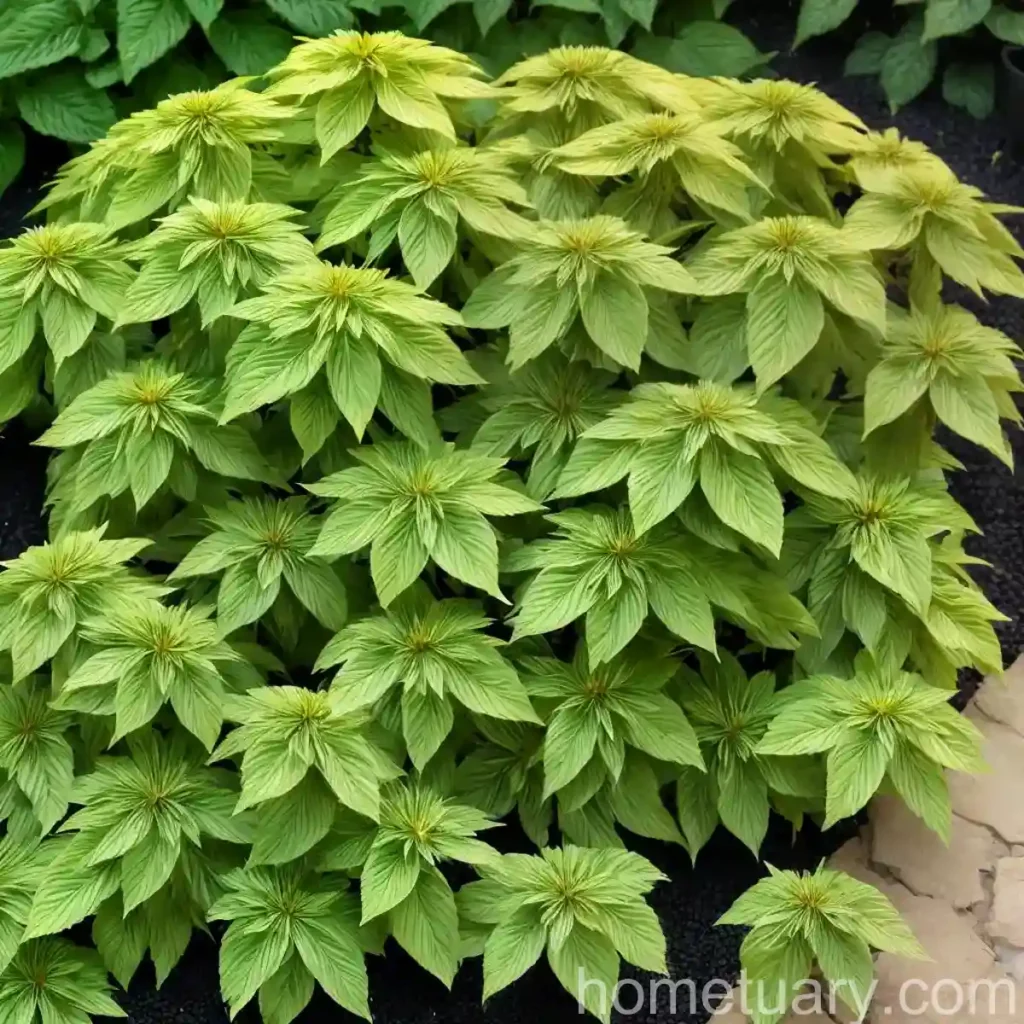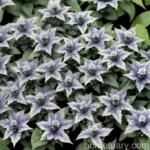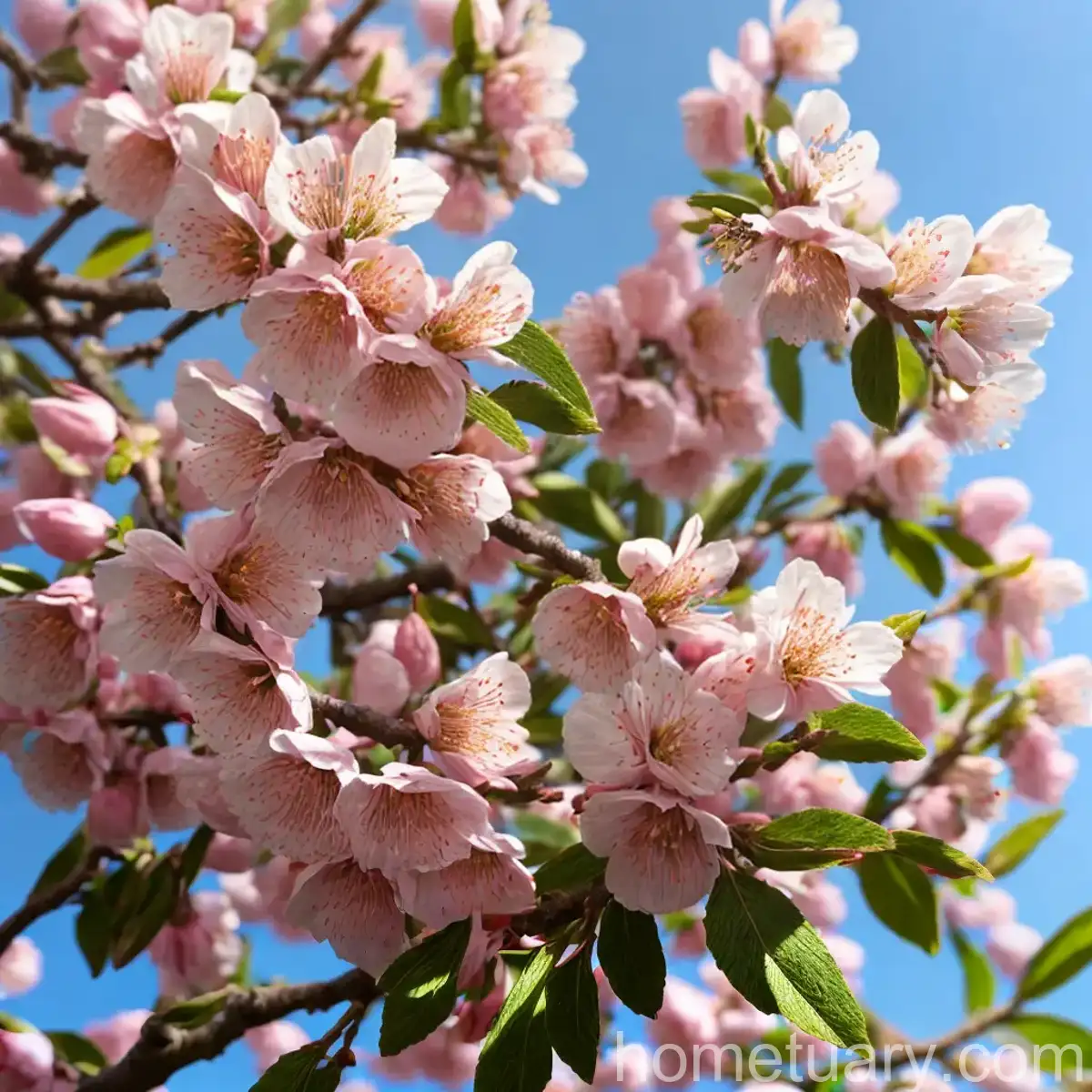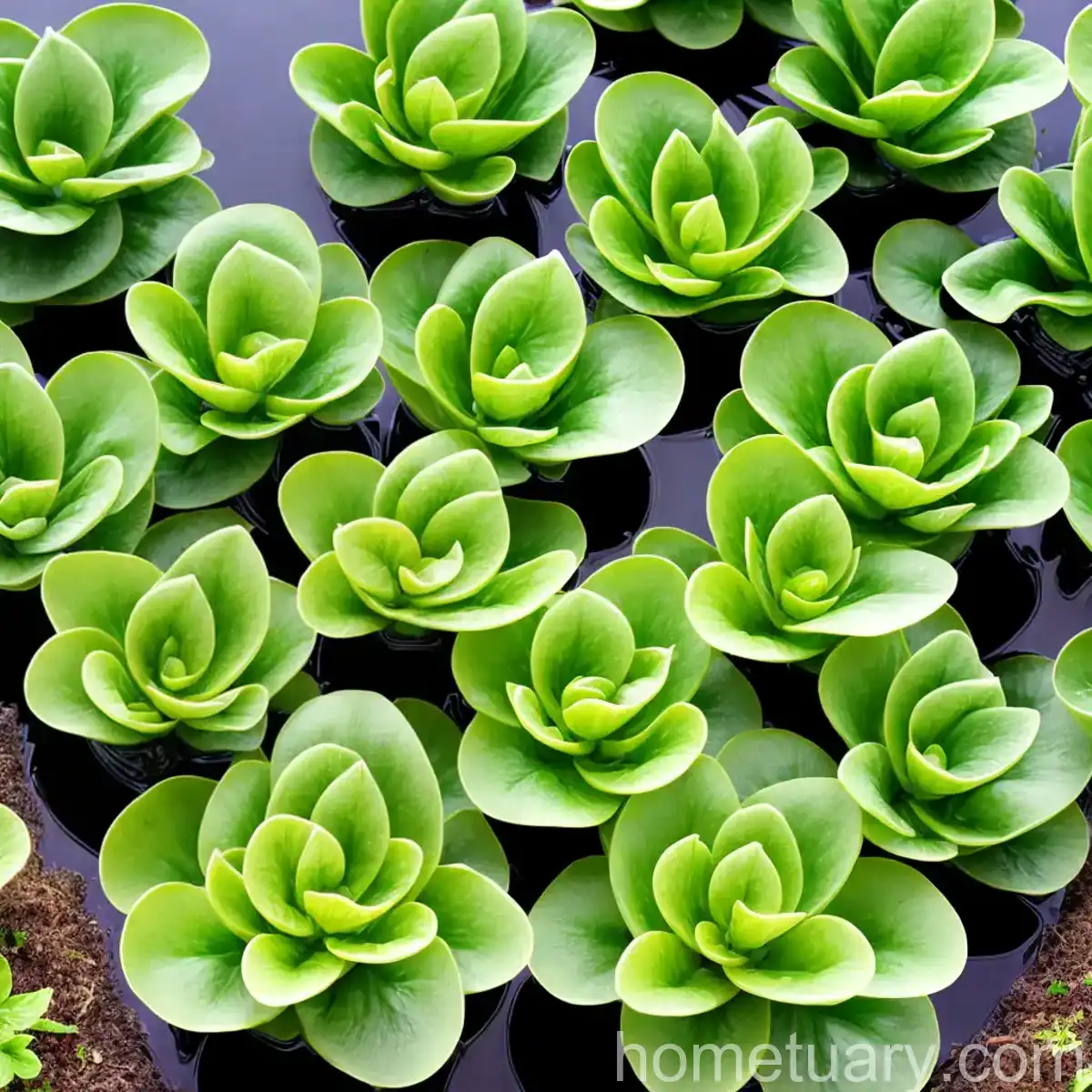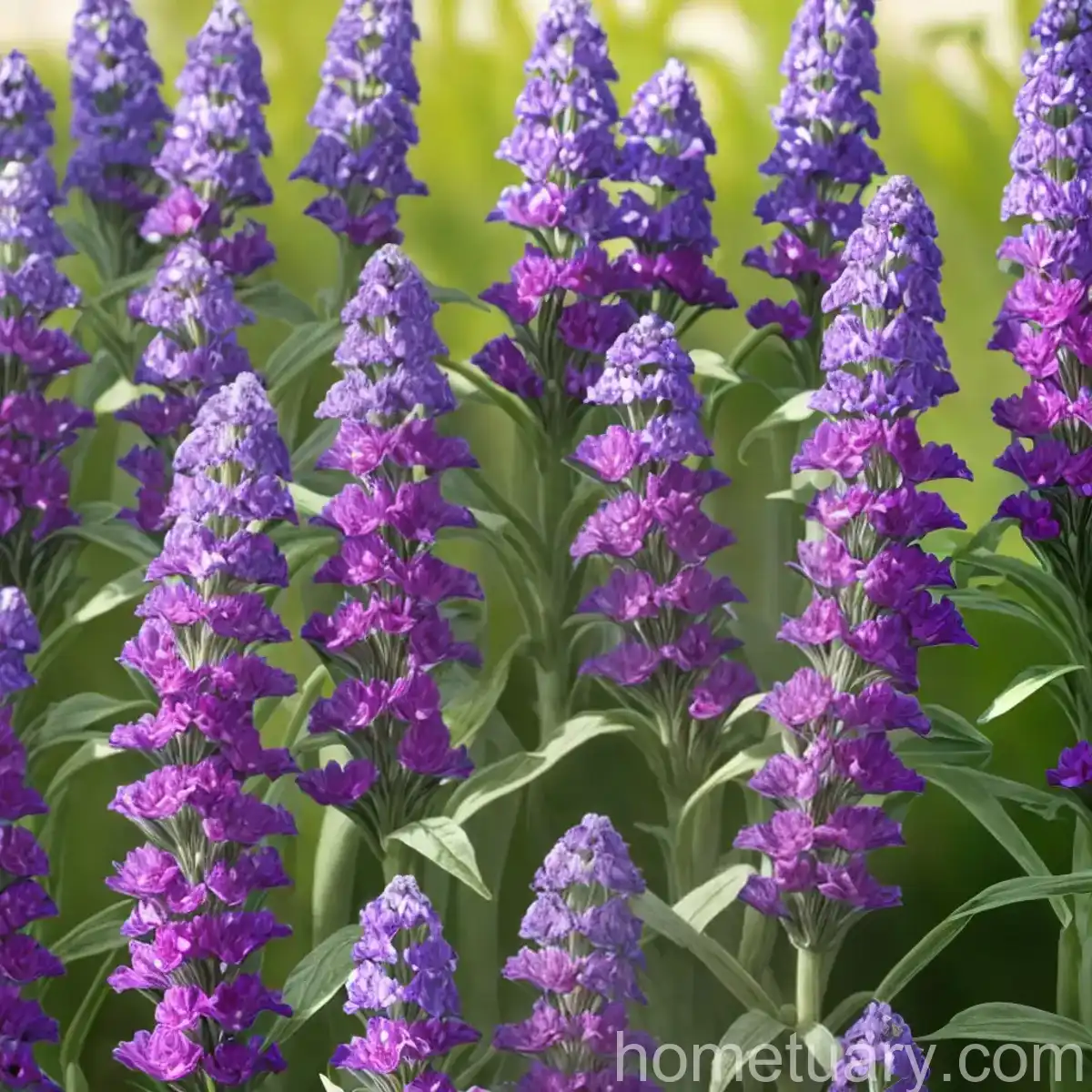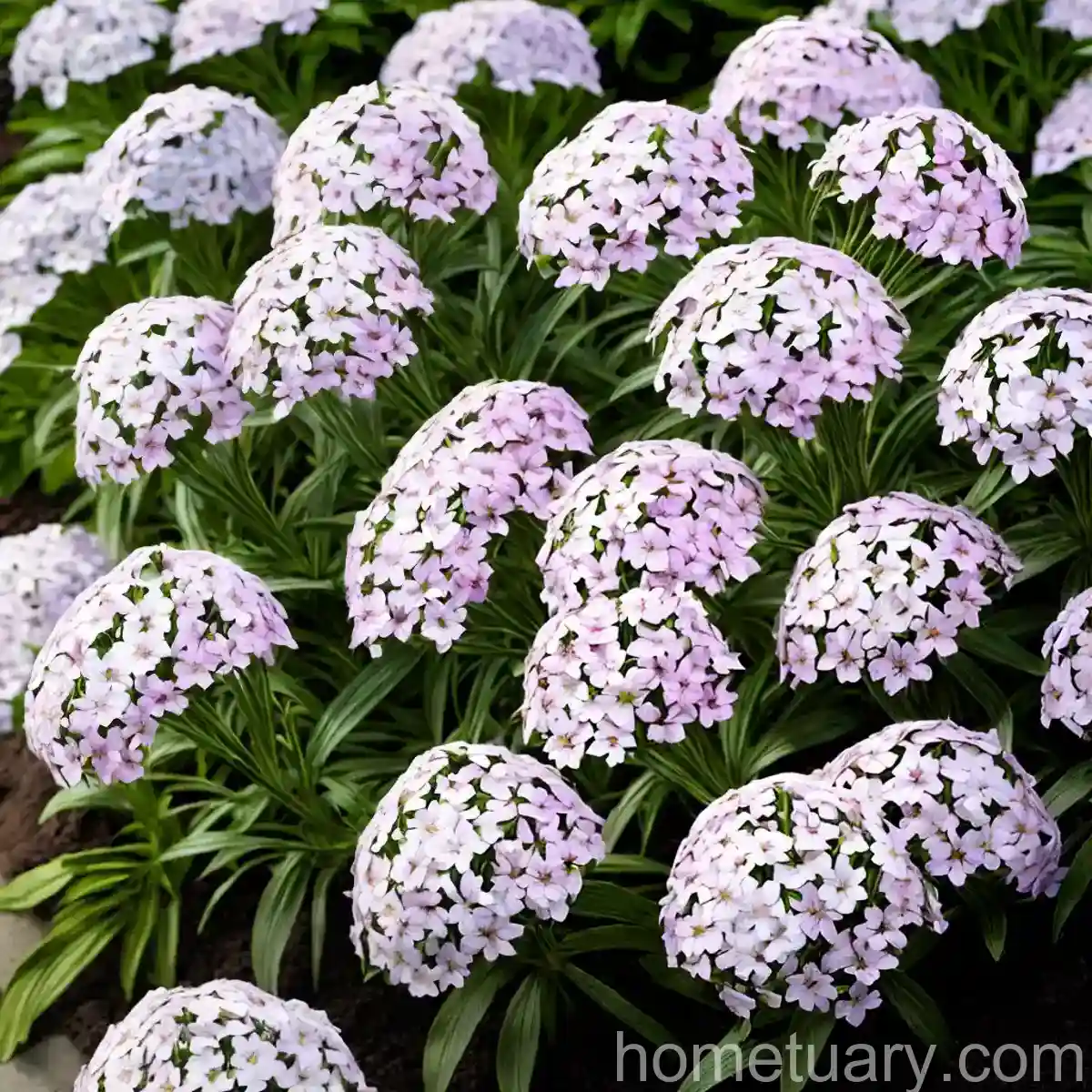Japanese Shrub Mint (Leucosceptrum japonicum ‘Golden Angel’)
What is Plant?
Plants are living organisms that belong to the kingdom Plantae. They are multicellular, eukaryotic organisms and are characterized by their ability to produce their food through photosynthesis. Plants play a crucial role in the environment, as they are the primary producers and form the base of the food chain for many ecosystems. They provide oxygen, food, and habitat for various organisms, making them essential for sustaining life on Earth.
One fascinating plant that we will explore in detail is the Japanese shrub mint, scientifically known as Leucosceptrum japonicum ‘Golden Angel.’ This unique plant is prized for its stunning foliage and versatile uses in landscaping and garden design.
Key Takeaways – Japanese Shrub Mint (Leucosceptrum japonicum ‘Golden Angel’)
Japanese shrub mint, Leucosceptrum japonicum ‘Golden Angel,’ is a captivating ornamental plant known for its vibrant yellow foliage and adaptability to various garden settings. Below are the key takeaways that we will delve into in this article:
- Culture
- Uses
- Water
- Sunlight
- Fertilizer
- Soil
- Pruning
- Propagation
- Container Popularity
- Container Common Diseases
- Disease Diagnosis
- Common Pests
- Botanist’s Tips
- Fun Facts
- Links to External Resources
Now, let’s dive into the world of Japanese shrub mint and explore its cultivation, maintenance, and unique characteristics.
Japanese Shrub Mint (Leucosceptrum japonicum ‘Golden Angel’)
Culture
Japanese shrub mint, Leucosceptrum japonicum ‘Golden Angel,’ is a member of the Lamiaceae family and is native to Japan. This stunning ornamental plant is highly valued for its striking foliage, which features bright yellow leaves that add a pop of color to any garden or landscape setting.
Uses
- Ornamental Plant: The Japanese shrub mint is primarily cultivated for its ornamental value. It serves as an eye-catching focal point in gardens, borders, and containers due to its vibrant foliage.
- Landscape Accents: It can be used to add a bold splash of color and texture to landscaping schemes, providing a visual contrast when paired with other plants.
Water
Japanese shrub mint thrives in moist, well-draining soil. Adequate watering is essential, especially during the plant’s establishment phase and in dry conditions. It is crucial to maintain consistent soil moisture to support healthy growth and vibrant foliage.
Sunlight
This plant thrives in partial to full shade, making it an excellent choice for shaded garden areas. It can tolerate some morning sun but generally prefers protection from intense afternoon sunlight.
Fertilizer
When it comes to fertilization, Japanese shrub mint benefits from a balanced, slow-release fertilizer applied in early spring. This helps promote healthy growth and vibrant foliage throughout the growing season.
Soil
Japanese shrub mint thrives in rich, well-draining soil with a slightly acidic to neutral pH. Amending the soil with organic matter can enhance its texture and fertility, providing an optimal growing medium for the plant.
Pruning
Pruning is beneficial for maintaining the desired shape and size of Japanese shrub mint. It is recommended to perform light pruning in early spring to remove any damaged or overgrown branches. This practice encourages new growth and helps the plant maintain its attractive appearance.
Propagation
Japanese shrub mint can be propagated through division or stem cuttings. Dividing the plant in early spring allows for the creation of new individuals, while stem cuttings can be taken from healthy, non-flowering shoots and rooted in a suitable propagation medium.
Container Popularity
Due to its striking foliage and compact growth habit, Japanese shrub mint is well-suited for container gardening. It can be featured in decorative pots or planters, adding a touch of vibrant color to patios, balconies, and outdoor living spaces.
Common Diseases
While Japanese shrub mint is relatively resistant to diseases, it may be susceptible to certain issues under unfavorable growing conditions. Common diseases that may affect this plant include:
- Powdery Mildew: A fungal disease that can develop in humid conditions, appearing as a powdery white coating on the leaves.
- Root Rot: Overly wet soil can lead to root rot, causing the plant to exhibit symptoms such as wilting and yellowing foliage.
Disease Diagnosis
Diagnosing plant diseases involves careful observation of symptoms and signs, such as unusual leaf discoloration, wilting, or the presence of powdery coatings. Early detection and prompt treatment are crucial for managing and preventing the spread of diseases in Japanese shrub mint.
Common Pests
Japanese shrub mint is generally resistant to pest infestations, but it may occasionally encounter certain pests, including:
- Aphids: These small, sap-sucking insects can cluster on the plant’s tender shoots and foliage, leading to distorted growth and yellowing leaves.
- Spider Mites: These tiny arachnids can cause stippling and webbing on the foliage, affecting the plant’s overall appearance.
Botanist’s Tips
- Regular Monitoring: Keep a close eye on the plant’s foliage for any signs of pest infestation or disease development.
- Proper Watering: Maintain consistent soil moisture, ensuring that the plant is neither overly saturated nor parched.
- Selective Pruning: Remove any damaged or diseased foliage to promote overall plant health and aesthetics.
- Mulching: Apply a layer of organic mulch around the base of the plant to conserve soil moisture and suppress weed growth.
Fun Facts
- The vibrant yellow foliage of Japanese shrub mint adds an enchanting touch to shaded garden areas, providing a striking contrast to the surrounding greenery.
- Its compact growth habit and ornamental foliage make it a versatile choice for various garden styles, including Japanese-themed landscapes, woodland gardens, and shaded borders.
- Japanese shrub mint is an excellent choice for gardeners seeking low-maintenance plants that offer visual interest and color in shaded settings.
Links to External Resources
For further information on Japanese shrub mint (Leucosceptrum japonicum ‘Golden Angel’) and related topics, please refer to the following resources:
- Royal Horticultural Society (RHS) – Leucosceptrum japonicum ‘Golden Angel’
- Missouri Botanical Garden – Leucosceptrum japonicum ‘Golden Angel’
- North Carolina State University – Leucosceptrum japonicum
With its captivating foliage and adaptability to shaded settings, Japanese shrub mint (Leucosceptrum japonicum ‘Golden Angel’) stands out as a remarkable ornamental plant that adds a touch of vibrant elegance to gardens and landscapes. Whether used as a focal point in Japanese-themed gardens or as a color accent in shaded borders, this plant offers a striking presence that captivates the eye and enhances the overall aesthetic of outdoor spaces.
In conclusion, the allure of Japanese shrub mint lies in its ability to infuse landscapes with vibrant color and visual interest while requiring minimal maintenance. As an esteemed addition to the world of ornamental plants, this captivating species continues to captivate gardening enthusiasts and landscape designers with its unique charm and versatile uses.
Keywords: Japanese shrub mint, Leucosceptrum japonicum, Golden Angel, mint plant, Japanese garden plants, Japanese shrubs, ornamental plants, shrubs for landscaping, Japanese foliage plants, yellow foliage plants, shade-loving plants, Japanese perennial plants, mint family plants, Japanese garden design, landscape accents, colorful shrubs, evergreen shrubs, golden plants for shade, Japanese herbaceous plants, Japanese woodland plants, Japanese shade plants, Asian garden plants, interesting foliage plants, accent plants, eye-catching shrubs, Japanese garden aesthetics, understory plants, low-maintenance plants, shade-tolerant shrubs, golden-leaved plants, Japanese foliage accents, unique shrub varieties, Japanese ornamental herbs, bold foliage plants, Japanese garden highlights, Japanese-themed landscapes, vibrant foliage shrubs, groundcover plants, shade garden plants, Asian-inspired plants, Japanese-inspired garden plants, statement shrubs, bold color plants, Japanese woodland accents, shade-tolerant perennials, architectural shrubs, Asian garden aesthetics, Japanese container plants, hardy Japanese plants, Japanese shrub cultivars

